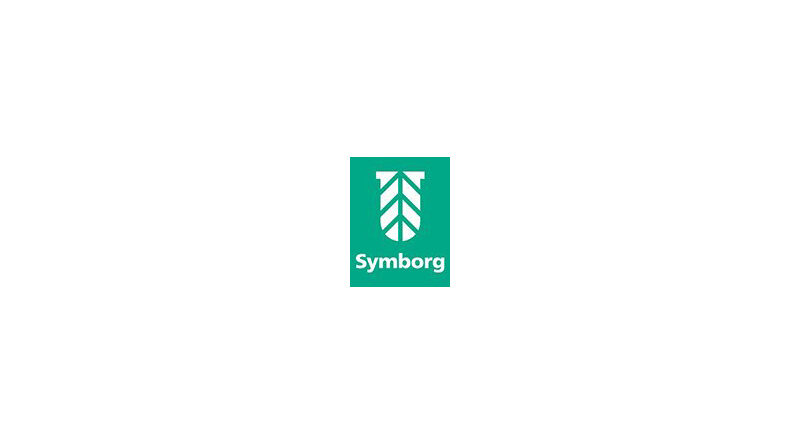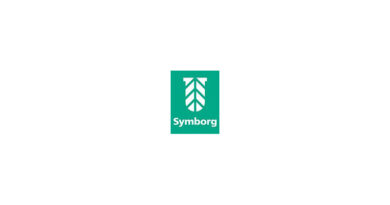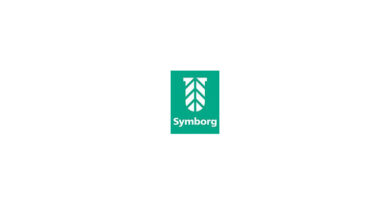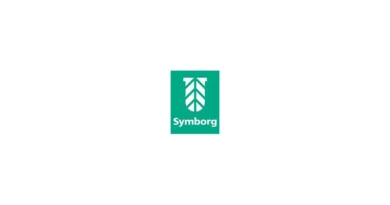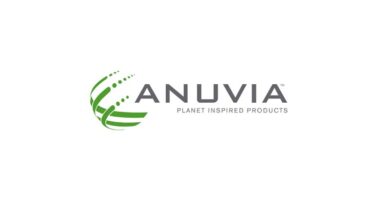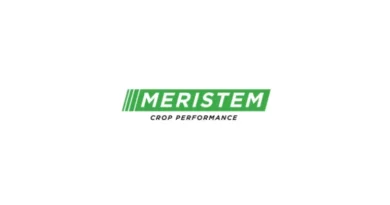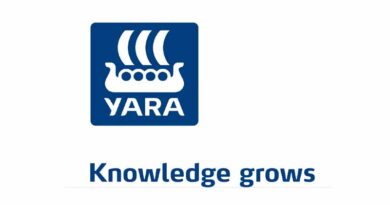How to make the most of nutrients and optimize fertilizer use?
09 February 2023, US: Increasing the plant’s ability to absorb more nutrients at a lower energy cost will allow you to capitalize on every euro invested in plant nutrition. The mycorrhizal fungus Glomus iranicum var. tenuihypharum is Symborg’s solution toward achieving this profitability by improving crops’ nutrient uptake efficiency.
Today it is 29% more costly to produce food than a year ago, and 71% more costly than ten years ago, according to a recent analysis by the agricultural organization COAG. The reason for this is the excessive escalation in the prices of agricultural inputs. The highest increase, 62%, was observed for fertilizers.
Farmers haven’t witnessed such an unprecedented scenario of rising prices in agricultural production in the last 50 years. This increase makes optimizing resources vital.
This is why profitability in terms of plant nutrition is even more important for farmers. Today, there is all the more reason to capitalize on every euro invested in fertilization, especially since the farmer knows that some is “volatilized”, some is leached, and some simply can’t be absorbed by the crop, among other causes.
But how can we improve the plant’s nutrient uptake efficiency to make our investment profitable? Keep reading.
INCREASED NUTRIENT USE EFFICIENCY (NUE)
For 10 years, Symborg has been offering farmers the key to optimizing plant nutrition profitably and sustainably. The solution comes from biotechnological tools such as MycoUp, MycoUp 360, Resid MG and Resid HC, a line of biostimulants that increase crops’ ability to absorb more nutrients at a lower energy cost to the plant, thus sustainably increasing their water and nutrient use efficiency.
These solutions are developed from our exclusive mycorrhiza-forming fungus Glomus iranicum var. tenuihypharum, which acts in symbiosis with crops to increase their potential.
HOW DO WE GET THE PLANT TO MAKE BETTER USE OF EVERY DROP OF WATER AND GRAM OF NUTRIENTS?
The fungus Glomus iranicum var. tenuihypharum establishes a long-lasting mutually beneficial relationship with the crop: the plant provides the fungus with sugars derived from photosynthesis and the fungus provides the plant with water and nutrients. This relationship is called “mycorrhizal symbiosis”.
In the case of our biostimulants, this relationship is extra efficient, because the fungus activates key metabolic processes such as photosynthesis, consequently taking more sugars from the plant and providing the plant with more water and nutrients in return. This effective increase in photosynthetic capacity allows the crop to capture more CO2.
On the other hand, the fungus also encourages root system development in the crop, including the number of absorbent hairs. This way, our fungus can grow and form more connections with the plant for even greater absorption of water and nutrients.
WHAT MAKES GLOMUS IRANICUM VAR. TENUIHYPHARUM UNIQUE?
Glomus iranicum var. tenuihypharum is not just any mycorrhizal fungus. Its connection with the plant is extraordinary thanks to its exclusive characteristics. It produces small spores external to the root. Remember those absorbent hairs we told you about? With our biostimulants, they won’t clog or break. The crop also tolerates two times more salinity levels and higher fertilizer concentrations.
But, concerning nutrient use efficiency (NUE), we are interested in a particular property of our Glomus iranicum var. tenuihypharum-containing biostimulants: the abundant production of extramatrical mycelium. The fungus grows outward from the root deploying a network of hyphae capable of absorbing water and nutrients and transporting them to the arbuscules, the place where it exchanges water and nutrients for sugars. Glomus iranicum var. tenuihypharum can produce up to 4 times more extramatrical mycelium than other mycorrhizal fungi.
WHAT ARE THE BENEFITS OF BIOSTIMULANTS IN TERMS OF NUE?
Let’s look at some scientific studies to demonstrate the nutrient use efficiency at a lower energy cost to the plant with Symborg’s MycoUp biostimulant.
For example, we consider the paper on the Application of Glomus iranicum var. tenuihypharum in intensive agriculture, published in the Journal of Agricultural Science and Technology (2017), where an analysis of macro and micronutrients in crops such as Fino lemon and Iceberg lettuce is made. There it is shown that the application of Glomus iranicum var. tenuihypharum increases the average nutrient uptake by more than 30% and in the case of micronutrients that promote high chlorophyll content, more than 32% on average.
Similarly, the application of our mycorrhizal fungus relieves the detrimental effects of saline reclaimed water on lettuce plants. The results of the macro- and micronutrient analysis of Iceberg lettuce show that, after 90 days of treatment, the average nutrient uptake for both types of water increased by more than 50%.
In tests on the effects of Glomus iranicum var. tenuihypharum on citrus development in southeastern Spain, MycoUp increases average nutrient uptake by more than 30%, and in the case of micronutrients, it promotes a high chlorophyll content of more than 30% in Fino lemons.
As mentioned above, for nutrient use efficiency (NUE), another benefit of the fungus Glomus iranicum var. tenuihypharum is the increase in plant root volume and explored soil surface area, as shown by tests on the root system and productivity of melon (Cucumis melo L. cv. Hispano) plants, under the agro-climatic conditions of southeastern Spain.
(For Latest Agriculture News & Updates, follow Krishak Jagat on Google News)

